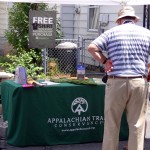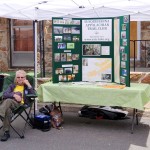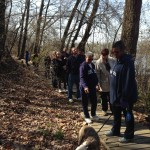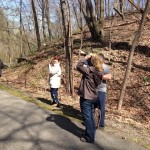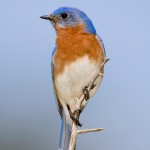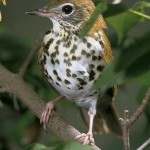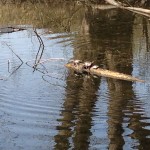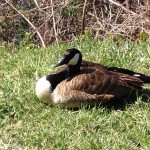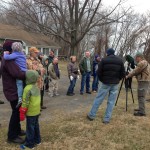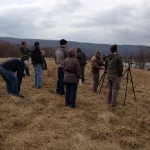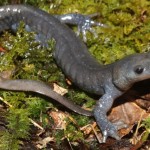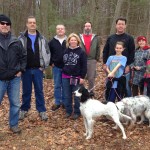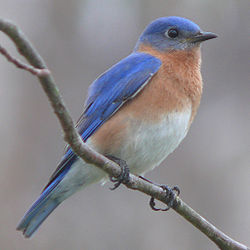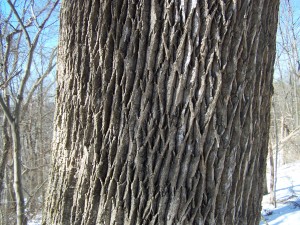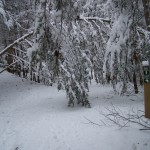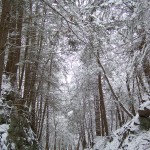The following article from March of 1972 originally appeared in the Perry County Times and Duncannon Record and is reprinted with their permission.
“The Duncannon Smokestack”
 The large brick stack with a base of mountain stone, that once did service for the boilers of a saw mill operation, probably the largest single operation on any timber tract in Perry County, which stands on the site once known as the Gorgas place, about six miles southwest of Duncannon, was erected in the year 1857.
The large brick stack with a base of mountain stone, that once did service for the boilers of a saw mill operation, probably the largest single operation on any timber tract in Perry County, which stands on the site once known as the Gorgas place, about six miles southwest of Duncannon, was erected in the year 1857.
During the summer of that year, Captain Jacob Coulter, and a man by the name of Palmer, began the erection of the stack and the felling of virgin trees on a sixteen hundred acre tract densely covered by virgin growth, a watershed that now supplies the majority portion of the pure, sparkling water for the Trout Run Water Company reservoir. (*Duncannon Borough is currently supplied with well water from this area.) Continue reading

